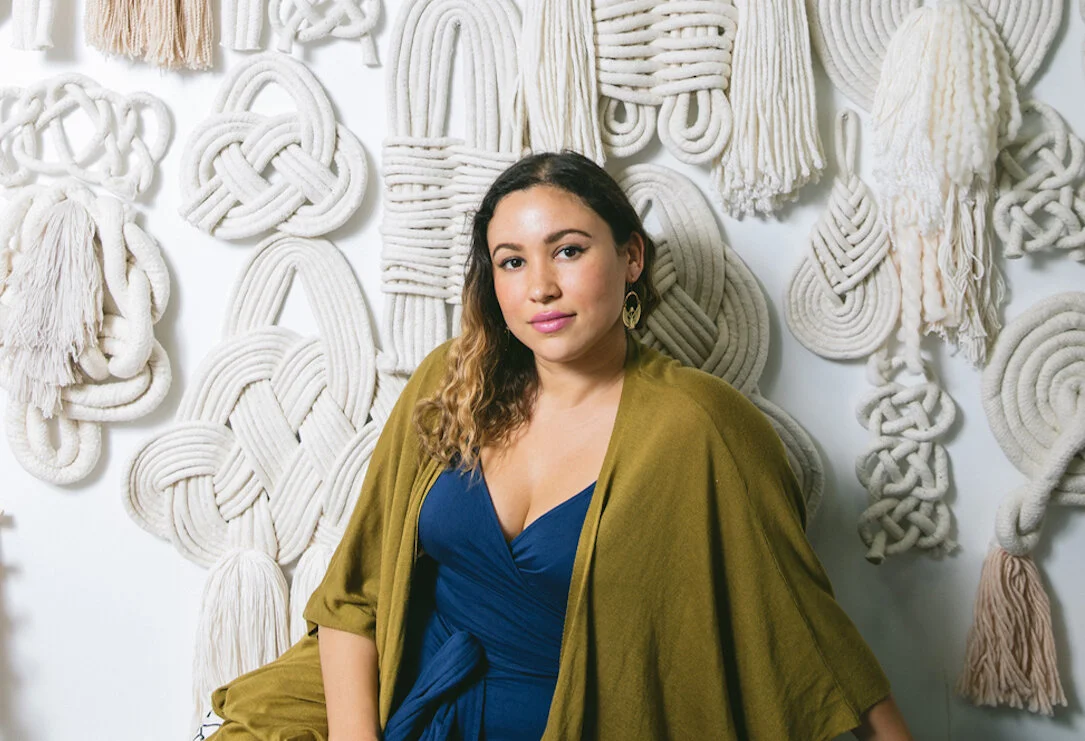What I Learned From "Mismatch" by Kat Holmes
illustration by Greg Chinn for Outer Voice
How Inclusion Shapes Design
Mismatch: How Inclusion Shapes Design, by Kat Holmes; MIT Press, 2018
Why should we think about inclusive design when we approach a new project? Consider this, the World Health Organization states that approximately 15% of the world’s 7.8 billion people experience some form of disability. That’s about a billion people who are often left unconsidered when new products are designed.
“Each time we remedy a mismatched interaction, we open an opportunity for more people to contribute to society in meaningful ways.” —Kat Holmes
This deceptively slim volume from Kat Holmes is a simultaneously sobering and inspiring treatise on how we design products with unconscious exclusionary habits, and how insight, empathy and collaboration can not only lead to more inclusive products, but also to a more satisfying future for us all.
Holmes led Microsoft’s program for inclusive product innovation from 2010 to 2017, and went on to work with Google and found her own firm, mismatch.design. The Smithsonian’s Cooper Hewitt Design Museum embraced her inclusive design toolkit.
It’s impossible to distill any book of this depth into a “3 easy steps” article, and I also don’t want to share so much of her information that you’re not inspired to go out and find the book. But here are some important things I learned that we can all act on today.
RECOGNIZE EXCLUSION
Holmes defines moments where design meets exclusion as moments of mismatched interaction. They’re pretty easy to identify: ordering off a menu written in a foreign language, climbing onto a counter to reach a shelf, a blind child at a science museum touchscreen.
Once we train ourselves to see exclusion, we can examine our own unconscious exclusion habits. In Mismatch, Holmes explores four elements that contribute to exclusionary design:
Why We Make
Who Makes It
How It’s Made
Who Uses It
What We Make
Holmes says, “Each time we remedy a mismatched interaction, we open an opportunity for more people to contribute to society in meaningful ways.”
The most common mistakes even the most well-trained and experienced designers make are assuming that their product will only be used in one way, and designing for a group using only their own assumptions about that group.
DESIGN WITH, NOT FOR
We can call this Participation Over Observation. How do we create truly inclusive designs? By inviting traditionally excluded people to the table. This is deeper than focus groups, deeper than surveys, deeper than a designer wearing a blindfold.
So many universally applicable products are the result of intentional design to overcome a mismatch by people who themselves were excluded. This includes the OXO line of kitchenware, the bendy straw, sonic data on stars and even email. If universal products can come from solutions to exclusion, it follows that designing for inclusion will lead to more universal products.
If people from traditionally excluded groups are part of the design team, then our empathy, insight, creation and final product are so much richer … and so are our lives.
INCLUSIVE DESIGN BEGINS WITH ME
To paraphrase the ancient scholar Hillel the Elder, “If not me, who? If not now, when?”
Inclusive design trickles down and fountains upward.
DOWN FROM THE TOP: Leadership must drive inclusive design in any organization. Senior leaders must:
Make promises they can keep
Set the expectation that inclusion is a long game
Create motivational incentives
Bring employees and excluded communities along in the process
UP THROUGH THE RANKS: We have two responsibilities. First, we must change our habits and create inclusively. Second, we have to make the case to our bosses for them to support it. And how do we do that? Make a case for their wallets. Holmes recommends approaches for leadership buy-in that include:
Customer Engagement
Increasing Customer Base
Innovation and Differentiation
Avoiding Retrofit Costs
Here’s a sobering thought. For many of us, our current “healthy” or “normal” state is only temporary. Most of us will experience a temporary or situational difference in our lives, and most of us will eventually experience a long-term disability as we age, be it loss of vision or hearing, or loss of physical function.
Design thinking begins with empathy, and so does inclusion. If we create with empathy, if we bring traditionally excluded people into the circle, if we create products that can be used by everyone, then we create a future where everyone can contribute and everyone can benefit.
More: Kat Holmes | Find it at the Library | Buy it from an Indie | mismatch.design
Need help defining your voice or reaching your audience? Give me a shout. I offer consulting and services for all kinds of individual artists and arts organizations.






